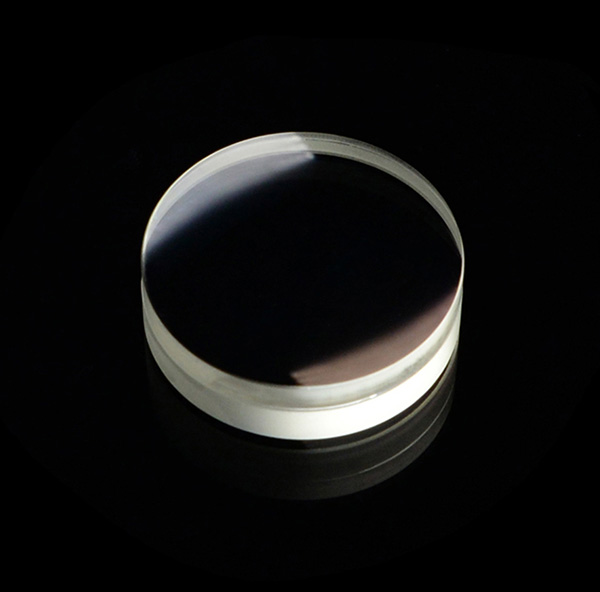Optical Basics: Lens, a key component in the field of optics
I. Principle of Lens
A lens is based on the law of refraction, which alters the direction of light propagation and focusing properties to achieve optical imaging and light control. It consists of one or more transparent media, typically glass or plastic. Lenses are divided into two basic types: convex lenses and concave lenses.

Convex Lens:
A convex lens is thicker in the middle and thinner at the edges. When light passes through a convex lens, it bends towards the optical axis of the lens and converges on the other side of the lens. This is because light undergoes refraction when transitioning from one medium (such as air) to another medium (such as glass). Convex lenses can focus light onto a point and find wide applications in optical instruments such as telescopes, microscopes, and camera lenses.

Concave Lens:
A concave lens is thinner in the middle and thicker at the edges. When light passes through a concave lens, it bends away from the optical axis of the lens and diverges on the other side. Concave lenses are commonly used in vision correction and optical sensing fields.
II. Types of Lenses
Lenses can also be classified based on their shape, refractive index, focal length, and other characteristics. Here are some common types of lenses:
Spherical Lens:
Spherical lenses are the most common type, and their surfaces are cut from a sphere with the same radius. The focusing or diverging of light by spherical lenses depends on their curvature radius and refractive index.
Compound Lens:
Compound lenses are formed by combining multiple lens elements to achieve more complex optical functions. By combining different types of lenses, higher optical performance and wider applications can be realized.
Aspheric Lens:
Aspheric lenses have non-spherical surface shapes, such as ellipses or hyperbolae. Aspheric lenses can be used to correct spherical aberration and achieve more precise imaging.
III. Applications of Lenses
Optical Imaging Systems:
Lenses are indispensable components in optical imaging systems such as cameras, telescopes, and microscopes. They focus light to produce clear and visible images.
Optical Communication Systems:
Lenses play a role in focusing and demodulating light signals in fiber optic communication systems.

